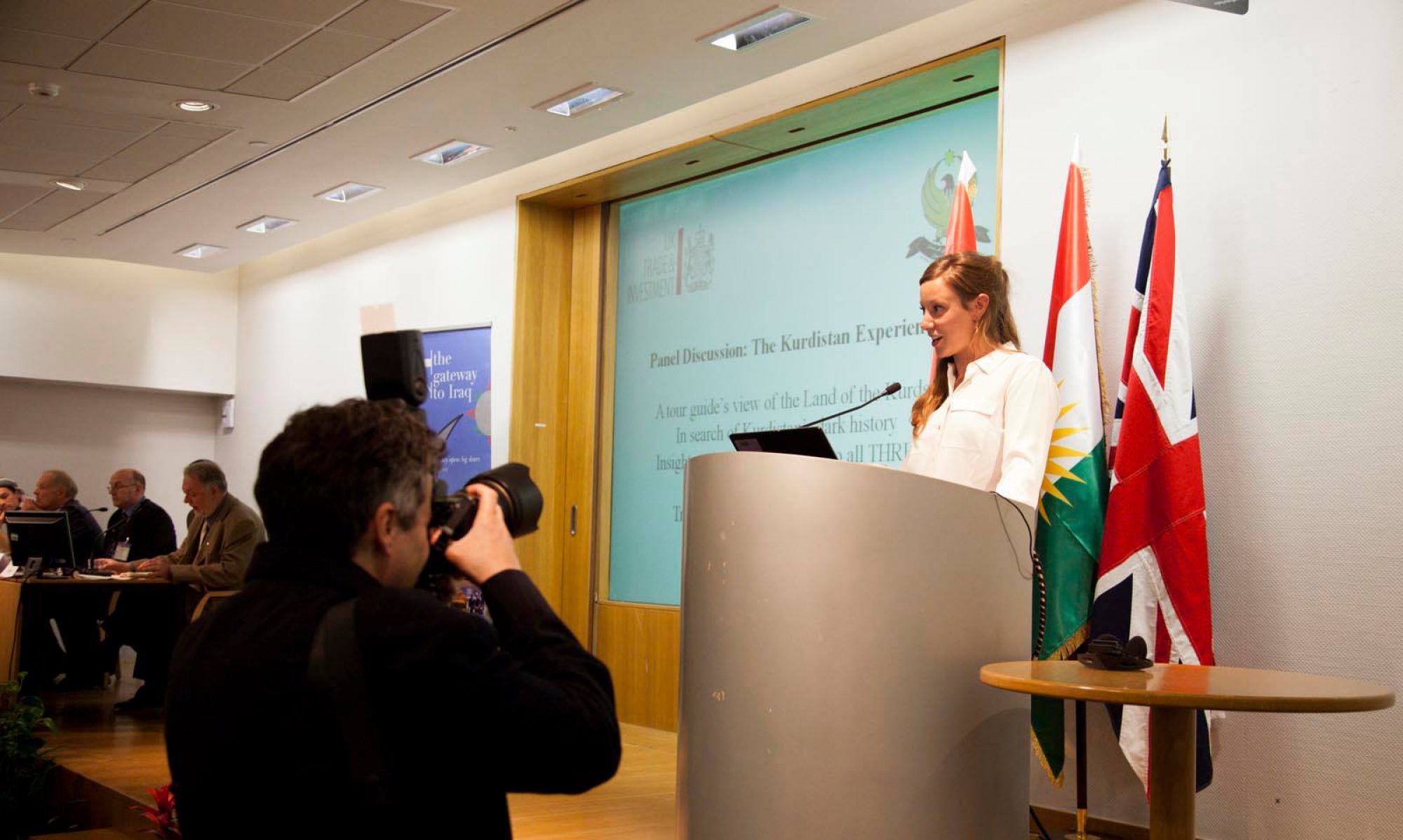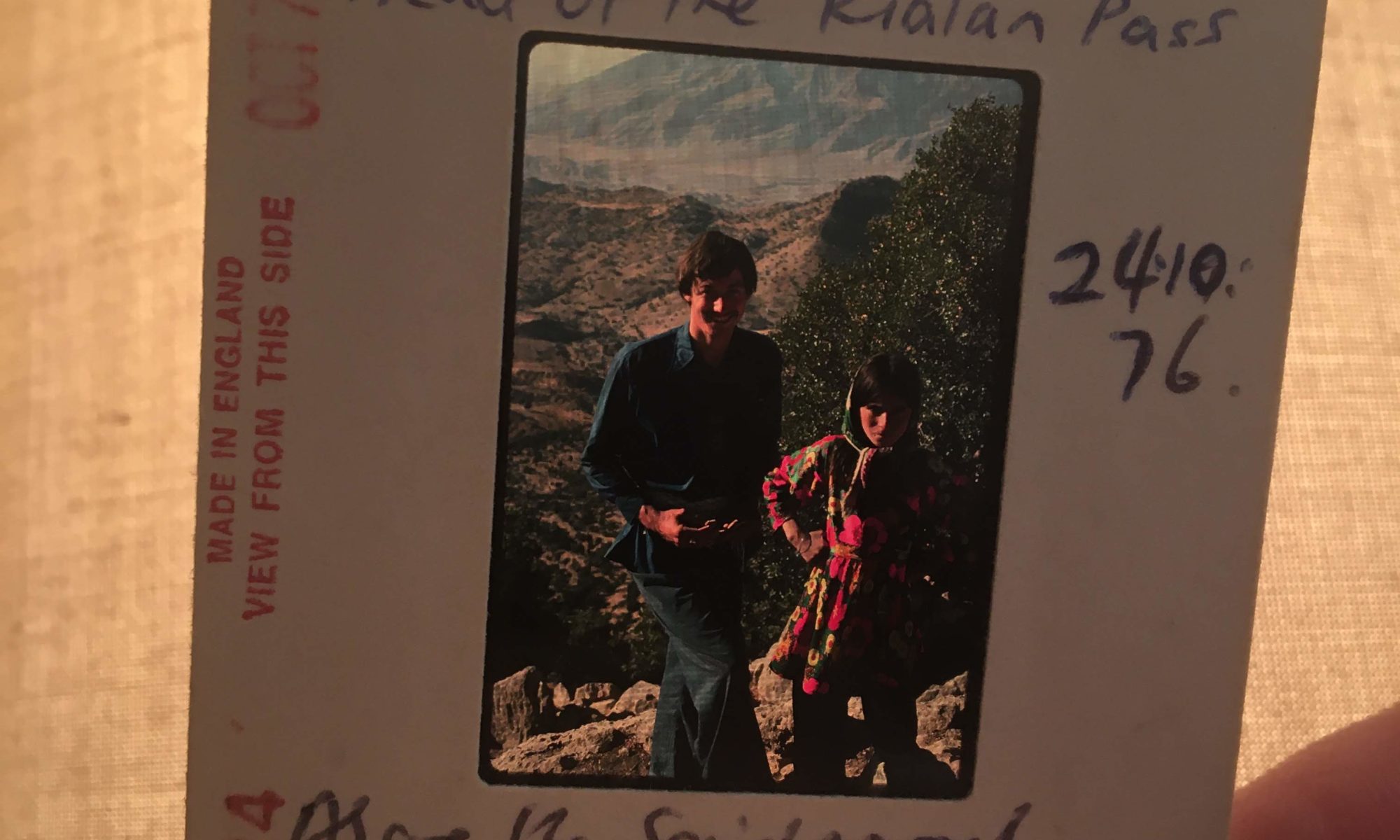Background
In 1975, my father David Bradshaw, a PhD student at the University of Oxford, began his fieldwork in Luristan, a province in the Zagros Mountains of north-western Iran. His thesis was titled, ‘Changing Relations between Nomads and Settled People in Lorestan: A Case Study of the Beiranvand’.
For three years, until 1978, he lived with a clan (safar) of the Beiranvand, who are a nomadic pastoral group. He spent time with them in their summer and winter camps and travelled with them on their biannual migrations from the mountains to the plains. He recorded their day-to-day activities in detail, using cameras from the Royal Geographic Society as well as cassette tapes to record the moving sights and sounds of daily life. Accompanying these media are copious notes about their families, economies, social lives, animals; thousands of lines chronicling the significant ups and downs of a super resilient and innovative nomadic pastoral group living at the so-called “peripheries” of Iranian society.
In 1978, as revolutionary sentiment was increasing in Iran, Dad’s research permit was not renewed. While waiting to return to Iran and writing up his thesis, he was asked to work at a burgeoning section of the BBC World Service, BBC Persian, and only returned to Iran briefly to cover the Gulf War for The Economist in 1991. [Dad’s extraordinary photos from his work as a war correspondent in Iraq and Iran will form the part of a second project].
My Dad’s pictures, audio cassettes, film footage, as well as a number of artefacts, constitute a never-seen-before archive of material about the disappearing culture of the Lurs in the last years of the Shah. Thematically they tell us everything from the way in which one group (il) adapted to climate change and urban flight and how they negotiated relations with their settled neighbours and the central government, to how they dressed, what they ate, what they smoked (!) and what they talked about. The value of this discrete archive lies not only in pictures themselves but in the fact that we have very little comparable material, making it one of the few records of the lives of the Lurs at this pivotal moment in time.
The project
The primary aim of this project is to give the materials to the Beiranvand and the Lurs. To this end we are working to liaise with Lorestan’s Ethnography Museum as well as the Ministry of Culture in Tehran so that we may either send or take the materials to Iran.
A secondary aim is to make the materials accessible to Iranian scholars and the public more broadly. At the moment (March 2020) we are working with the UK’s Royal Anthropological Institute to put on an exhibition of the images in London; associated articles will hopefully also appear in the RAI’s journal, Anthropology and Photography, and in The Guardian.
If anyone has questions or comments, please email me at rebecca@rebradshaw.com.
Image: Dad and Mahkhanum at the head of the Kialan Pass, 24 October 1976. Copyright David Bradshaw.

